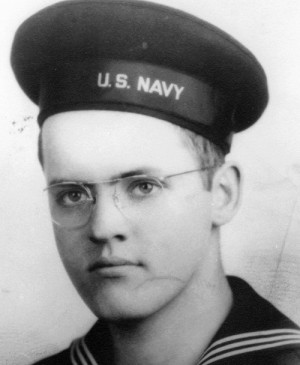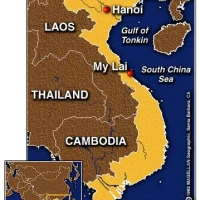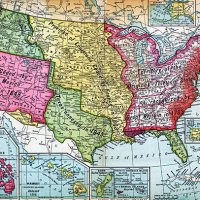BLOGGING FROM A TO Z
A 1970’s Time Capsule
NEWS AND NOTEWORTHY
IRAN HOSTAGE CRISIS
Be sure to visit my Pop Culture post today as well.
The A to Z Challenge has dueling decades going on. Check out the 1980s theme from a fellow blogger HERE
The Iran hostage crisis was a diplomatic crisis between Iran and the United States. More than sixty American diplomats and citizens were held hostage for 444 days (November 4, 1979, to January 20, 1981) after a group of Iranian students belonging to the Muslim Student Followers of the Imam’s Line, who supported the Iranian Revolution, took over the U.S. Embassy in Tehran.

President Jimmy Carter called the hostages “victims of terrorism and anarchy” and said, “The United States will not yield to blackmail.” In Iran, it was widely seen as a blow against the United States and its influence in Iran, including its perceived attempts to undermine the Iranian Revolution and its longstanding support of the recently overthrown Shah of Iran, Mohammad Reza Pahlavi, who had led an autocratic regime.
After his overthrow in 1979, the shah was admitted to the United States for cancer treatment. Iran demanded that he be returned to stand trial for crimes he was accused of committing during his reign. Specifically, Pahlavi was accused of committing crimes against Iranian citizens with the help of his secret police, the SAVAK. Iranians saw the decision to grant him asylum as American complicity in those atrocities. In the United States, the hostage-taking was seen as an egregious violation of the principles of international law.
The crisis reached a climax when, after failed efforts to negotiate the hostages’ release, the United States military attempted a rescue operation using ships, including the USS Nimitz and USS Coral Sea, that were patrolling the waters near Iran. On April 24, 1980, the attempt, known as Operation Eagle Claw, failed, resulting in the deaths of eight American servicemen and one Iranian civilian, as well as the destruction of two aircraft. Documents dated two weeks before the operation claim that the American national security advisor, Zbigniew Brzezinski, discussed an invasion of Iran through Turkish bases and territory, though this plan was never executed.

A right side view of six RH-53D Sea Stallion helicopters in flight, just after lifting off the flight deck of the nuclear-powered aircraft carrier USS NIMITZ (CVN-68). The helicopters are taking part in Operation Evening Light, a rescue mission to Iran.
Shah Pahlavi left the United States in December 1979 and was ultimately granted asylum in Egypt, where he died from complications of cancer on July 27, 1980. In September 1980, the Iraqi military invaded Iran, beginning the Iran–Iraq War. These events led the Iranian government to enter negotiations with the U.S., with Algeria acting as a mediator. The hostages were formally released into United States custody the day after the signing of the Algiers Accords, just minutes after the new American president, Ronald Reagan, was sworn into office.
The crisis is considered a pivotal episode in the history of Iran–United States relations. Political analysts cite it as a major factor in the trajectory of Jimmy Carter’s presidency and his loss in the 1980 presidential election. In Iran, the crisis strengthened the prestige of Ayatollah Ruhollah Khomeini and the political power of theocrats who opposed any normalization of relations with the West. The crisis also led to the United States’ economic sanctions against Iran, further weakening ties between the two countries.
1978 – Shah Mohammed Reza Pahlavi’s authoritarian rule sparks demonstrations and riots.




 Check out my other blog
Check out my other blog I'M PUBLISHED
I'M PUBLISHED I'm Published Again
I'm Published Again









The film ‘Argo’ was literally one of the best films I’ve ever seen, and whilst there were several moments of “Hollywood embellishment”, it was a very good look at the crisis.
LikeLike
I remember the Iran hostage crisis well. I was just so mystified that there was a whole nation full of people who didn’t seem to think taking hostages was wrong. I really enjoyed this post and think you are doing a great service to educate the public through these glimpses from the past.
LikeLiked by 1 person
Thank you for stopping by and for reading
LikeLike
I remember this like it was yesterday.
LikeLike